Deck & Commander Strategies
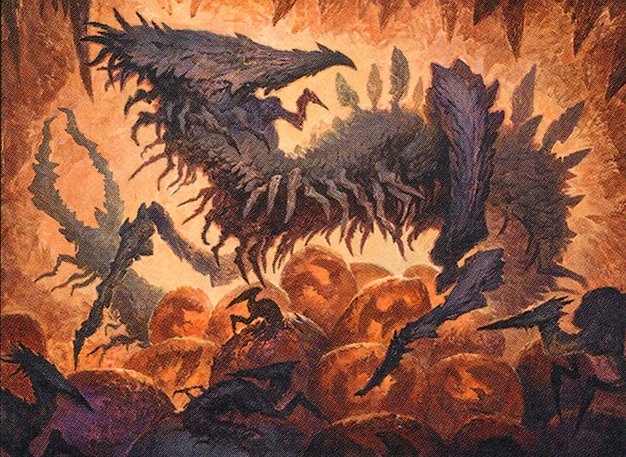
The First Sliver
Utilize Food Chain to generate infinite mana by repeatedly sacrificing Slivers and casting them from the exile zone, enabling combo kills.

Urza, Lord High Artificer
Leverage artifact synergies and mana production from Urza and associated constructs to control the board and execute powerful combos with Paradox Scepter.
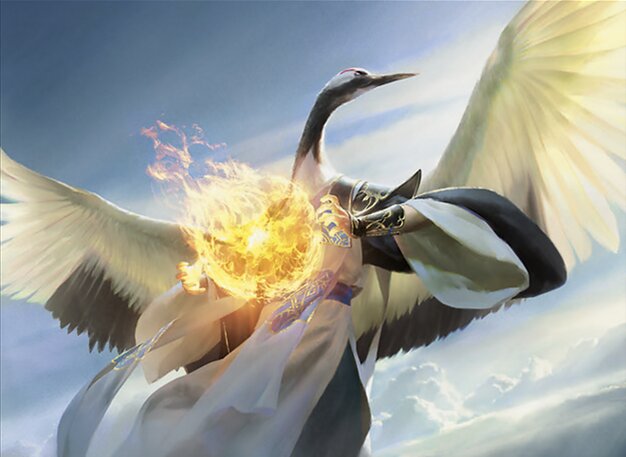
Kykar, Wind's Fury
Generate Spirit tokens and draw cards by casting instant and sorcery spells, using Jeskai Ascendancy to maximize value and pressure opponents with flying tokens.
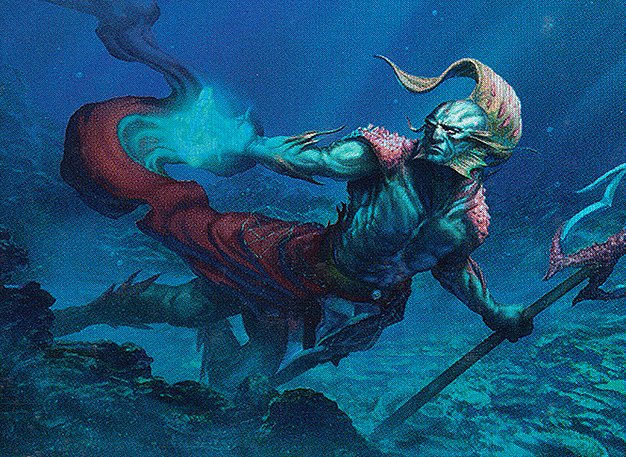
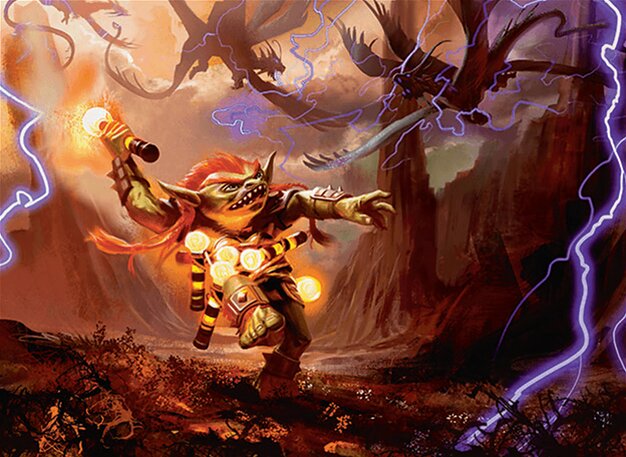
Thrasios, Triton Hero / Vial Smasher the Fierce
Play a value-oriented four-color deck combining ramp, disruption, and damage, with Vial Smasher punishing opponents when casting spells and Ashiok for graveyard control.
Gameplay Insights
- 1
Early mana acceleration with Mox Diamond, Mana Vault, and Mana Crypt enabled explosive plays and quick board development.
- 2
Mystic Remora was effectively used to tax opponents' spells and generate card advantage, influencing players’ spellcasting decisions.
- 3
Jan’s use of Gilded Drake to steal Kykar shifted board control by turning an opponent's key commander against them.
- 4
The synergy between Kykar’s token generation and artifact ramp from Urza’s deck created a powerful engine that was difficult to disrupt.
- 5
Eliot’s timely use of Ashiok, Dream Render and discard spells slowed down opposing combo attempts by exiling graveyards and disrupting tutors.
- 6
Bill’s Food Chain combo was repeatedly pressured and slowed, showing the challenge of assembling combos in a multiplayer environment with diverse threats.
- 7
Careful sequencing of spells, such as casting instants and sorceries to trigger Kykar multiple times in a turn, maximized value and board presence.
- 8
Using Noxious Revival in response to graveyard exile effects allowed preserving key combo pieces, demonstrating the importance of interaction timing.
Notable Cards
-

Food Chain
-

Urza, Lord High Artificer
-

Kykar, Wind's Fury
-
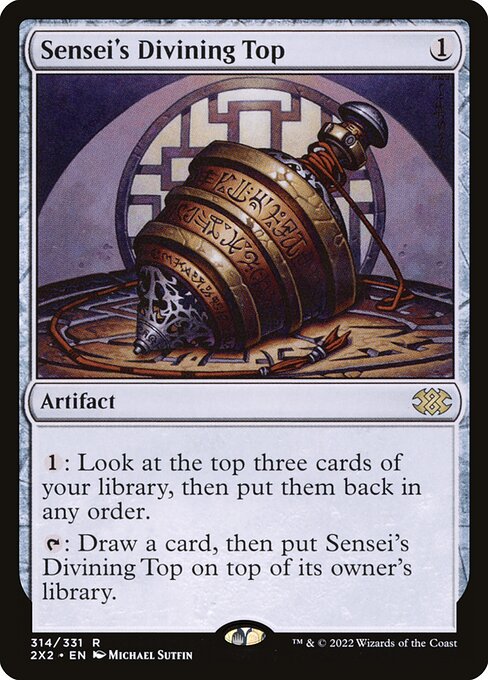
Sensei's Divining Top
-
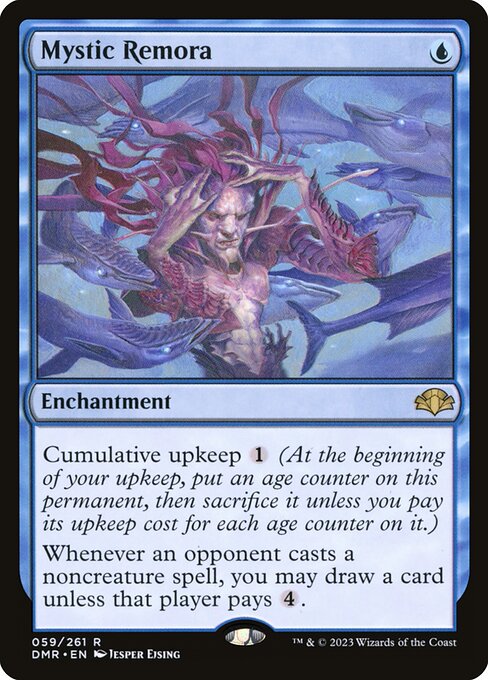
Mystic Remora
-
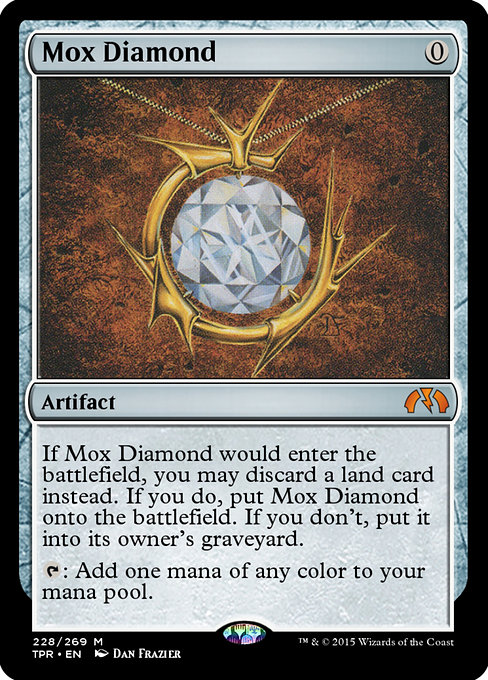
Mox Diamond
-
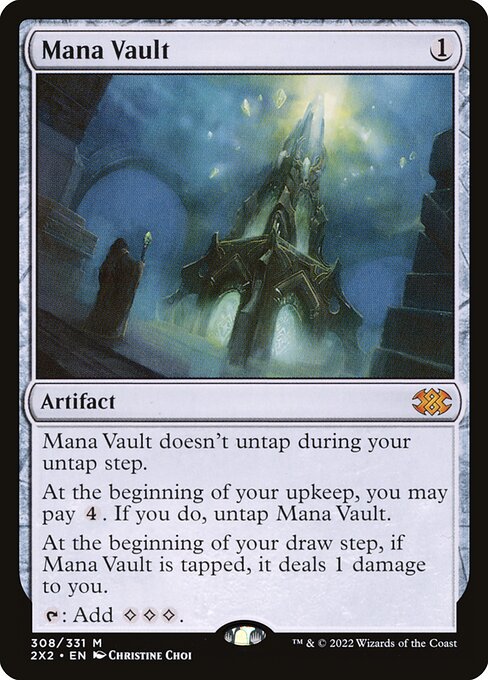
Mana Vault
-

Mana Crypt
-
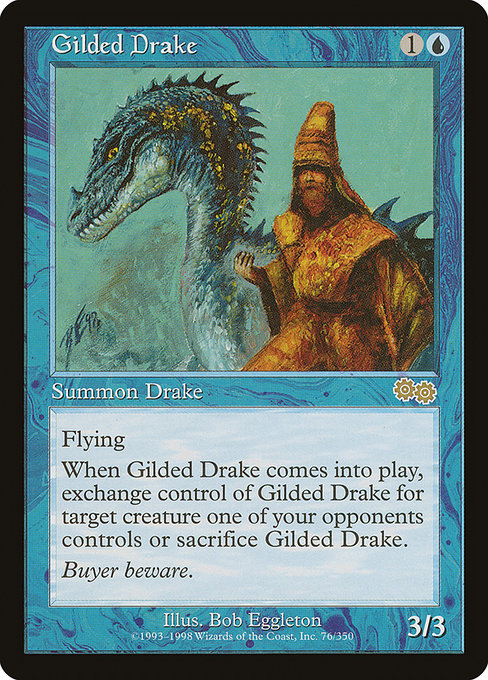
Gilded Drake
-
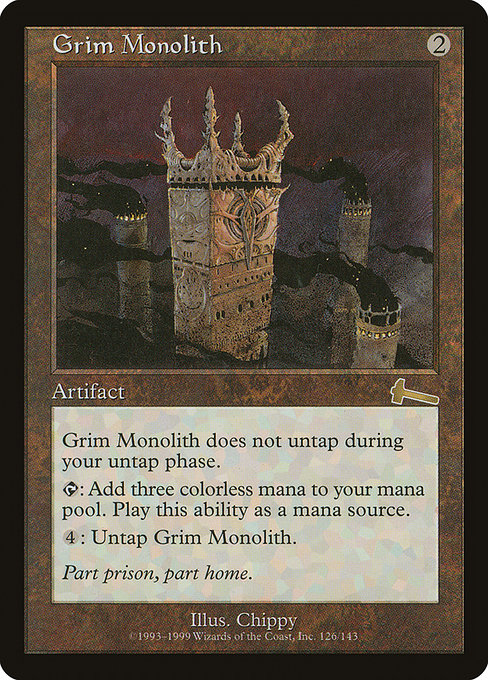
Grim Monolith
-
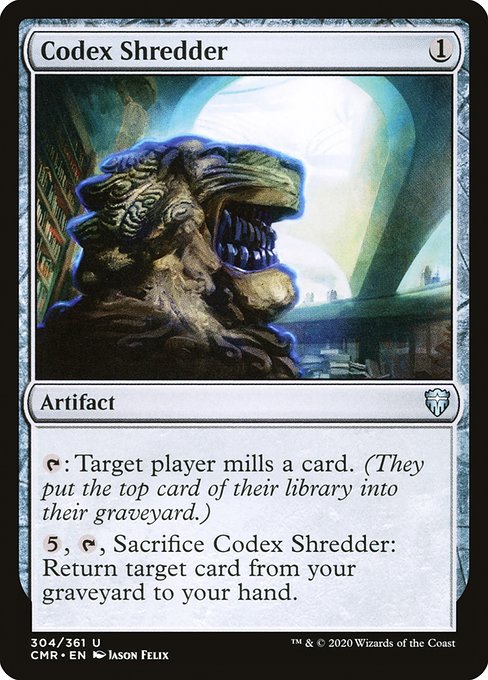
Codex Shredder
-
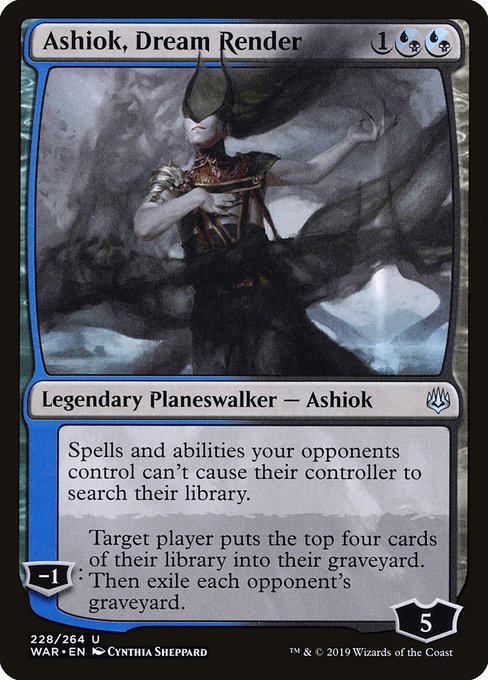
Ashiok, Dream Render
-

Demonic Tutor
-

Vial Smasher the Fierce
-
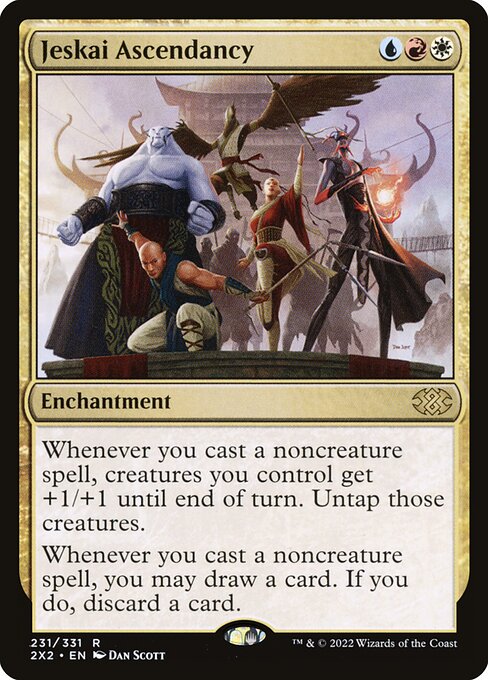
Jeskai Ascendancy
Gameplay Summary
The game featured a diverse group of decks with distinct strategies, including Food Chain Slivers, Kykar Ascendancy, Urza Paradox Scepter, and a 4-color Rashmi shell with Thrasios and Vial Smasher.
The early turns were marked by strong mana acceleration plays such as Mox Diamond, Mana Vault, Mana Crypt, and Sensei's Divining Top, setting up powerful late-game combos and control elements.
Bill’s Food Chain Sliver deck aimed to leverage Food Chain for infinite mana and combo kills, while Jan’s Urza Paradox Scepter deck focused on artifact synergies and mana generation through Urza and constructs.
Jim’s Kykar deck utilized Jeskai Ascendancy to draw cards and generate tokens by casting instants and sorceries, creating an aggressive token army.
Eliot’s 4-color Rashmi deck combined value spells with disruption from Vial Smasher and Ashiok, Dream Render to control the board and tutor for key answers. As the game progressed, Jan seized board advantage by stealing Jim’s Kykar with a Gilded Drake and ramping with Grim Monolith and Codex Shredder, enabling explosive plays.
Eliot’s control elements, including Mystic Remora and discard spells, slowed down opponents but also revealed intentions like an Ad Nauseam strategy.
Meanwhile, Jim’s Kykar deck consistently pressured opponents with flying tokens and damage from spells.
Bill attempted to assemble the Food Chain combo but was slowed by interaction and tempo plays from other players.
The turning point involved Jan's artifact synergies combined with Kykar’s token generation and Eliot’s disruption, which collectively overwhelmed the board.
The game ended with a swift offensive leveraging these synergies and careful sequencing of spells and attacks, underscoring the importance of mana acceleration, card advantage, and targeted removal in multiplayer Commander games.





















![Commander VS S16E1: Ayula VS Urza VS The First Sliver VS Yawgmoth [EDH] thumbnail](https://i.ytimg.com/vi/tkuMVsCr0s4/sddefault.jpg)













